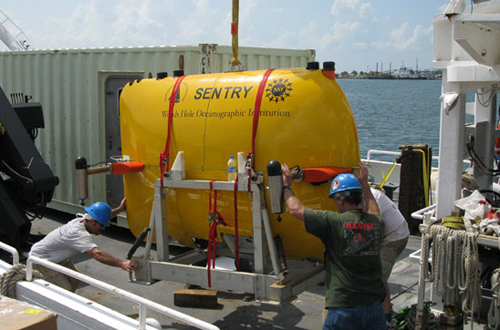In the space of just 72 hours last week core OPEC oil producer Kuwait lined up $15 billion worth of gas supply from BP and Royal Dutch Shell to help meet soaring demand.
So why is it that Kuwait – along with neighbouring OPEC powers Saudi Arabia and the United Arab Emirates – is left wanting for gas when the region houses around 30 percent of the world’s resources?
For decades, gas was overlooked while these producers went all out to exploit their vast oil reserves. Political feuds and low local gas prices also slowed development of this clean-burning fuel and held up purchases from nearby Qatar, the world’s top exporter of liquefied natural gas (LNG).
Galloping demand from a population and industrial boom is forcing gradual change, although many billions will be needed to tap the region’s gas. Much of that gas is low in quality and high in sulphur, making it expensive and difficult to extract.
“Most Middle East crude producers are now realizing the economic and environmental benefits of increasing gas production – and, in the near term, gas imports – for their rising power demand,” said Kelli Maleckar of energy consultancy IHS.
Kuwait and the UAE have done just that – boosting their reliance on imported gas to meet power demand, especially in summer when consumption to power air conditioning goes through the roof. Saudi Arabia does not import gas.
POLITICS
Domestic political infighting that has long delayed Kuwait’s negotiations with oil majors to help tap its gas reserves could also derail its purchases: it has signed a $3 billion five-year LNG deal with BP and a $12 billion six-year LNG deal with Shell .
After pressure from Kuwaiti lawmakers, an investigation was launched in 2011 into a gas service agreement with Shell.
“Even though Kuwait has signed these (Shell and BP) deals, there is always that risk that a parliamentarian is going to come and say ‘you know what, I would actually like to question this deal’,” said Eman Ebed Alkadi of consultancy Eurasia Group.
Kuwait also signed a short-term gas deal with Qatar last month, but it is unlikely to depend on Doha in the long term due to a political rift over Doha’s support for Islamists, analysts say.
A long-discussed regional pipeline network would meanwhile go a long way towards solving supply problems, but it has also been hampered by political disputes.
Demand for gas in the Gulf Cooperation Council (GCC) states is likely to rise more than 50 percent, from 256 billion cubic metres (bcm) in 2011 to 400 bcm in 2030, according to IHS.
Objections by top oil exporter Saudi Arabia had halted a plan for Qatar to pipe gas to Kuwait in the past. Many GCC members have long-running border disputes with each other.
Riyadh also opposed Qatar’s pumping gas to the UAE, but the Dolphin Energy project went ahead regardless. It now carries about 2 billion cubic feet of gas per day to the UAE and Oman.
The UAE has exported LNG since the late 1970s, but soaring domestic demand and sluggish progress with its own production have turned it into a net gas importer over the last five years.
In the longer term, Iraq, which invaded Kuwait in 1990, could also provide supply for the region. For now, however, it faces its own acute power shortage.
And Iran, which holds the world’s largest gas reserves, is unlikely to provide a quick supply fix even if it reaches a deal with world powers over its nuclear programme and sanctions are lifted.
“(Iran) faces a number of obstacles, among which is a crowded market place of suppliers, neighbours unwilling to pay a higher price for its gas, and its own national financial and operational hurdles,” said Valérie Marcel of Chatham House.
Qatar, which imposed a moratorium on new gas developments, has offered to help Iran get more from the world’s biggest gas field which both countries share. Doha is concerned that too much Iranian drilling might impair recovery rates for both sides.
‘GAME CHANGER’
In anticipation of rapidly rising consumption, Saudi Arabia, which holds the world’s fifth largest gas reserves, is exploring unconventional gas – “a game changer in our upstream production strategy”, according to state-run Saudi Aramco.
It expects natural gas demand to almost double by 2030 from 2011 levels of 3.5 trillion cubic feet per year.
Saudi Arabia burns a significant amount of its crude to generate electricity and analysts warn that rising consumption will erode the amount available for export.
Saudi Oil Minister Ali al-Naimi has estimated unconventional gas reserves at over 600 trillion cubic feet – more than double its proven conventional reserves.
“This means that resources in the kingdom are not the problem, but rather how to discover, develop and produce such resources,” said Sadad al-Husseini, a former top executive at Aramco.
(Additional reporting by Reem Shamseddine in Khobar and Ahmed Hagagy in Kuwait,; Wr




